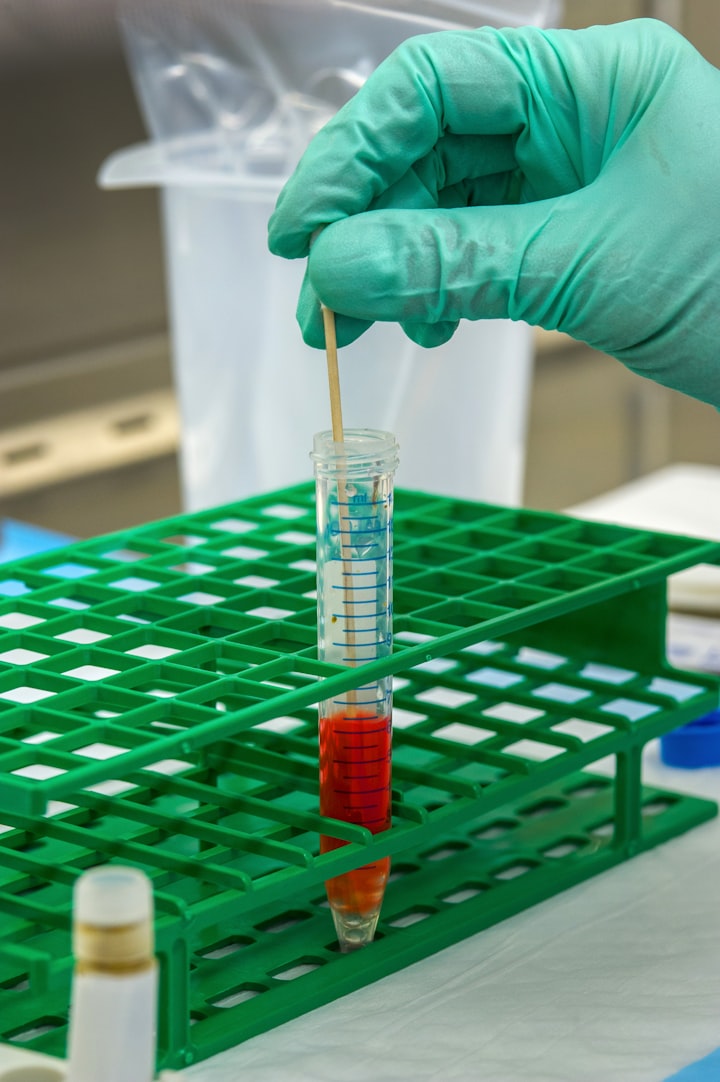Distinguishing Testicular Pain: Epididymitis or Varicocele?
Is your testicular pain related to varicocele or epididymitis?
Frequent occurrences of testicular pain are a common experience among men. For some, it's a subtle, lingering discomfort that persists for a few days, while for others, it's an intense and continuous ache that comes with mild swelling and discomfort in the testicles. Epididymitis and varicocele are two prevalent conditions that contribute to testicular pain.
So, which one is the culprit? Let's delve into the details in this article.
Understanding the Role of Epididymitis in Testicular Pain
Epididymitis is a frequently encountered urological ailment in men, categorized into acute and chronic forms.
Acute epididymitis arises from retrograde infections or scrotal injuries. It's characterized by sudden high fever, elevated white blood cell counts, swelling and pain in the affected side of the scrotum, enlarged epididymis, lower abdominal pain, and groin discomfort. The pain worsens with standing or walking. In cases of extensive inflammation, both the epididymis and testicles might swell, leading to tenderness in the spermatic cord and severe, unbearable testicular pain.
Chronic epididymitis develops gradually and is often a result of inadequate treatment of acute epididymitis or long-term mild infections. It's frequently associated with chronic prostatitis. Symptoms include swelling in the scrotum, discomfort, pain, and aggravated symptoms during sexual activity.
The pain typically radiates to the lower abdomen and the same inguinal region, sometimes accompanied by secondary hydrocele. The epididymis and testis may exhibit varying degrees of enlargement and hardening, along with mild tenderness. Acute epididymitis is usually treated with antibiotics, while chronic cases can benefit from herbal medication like Diuretic and Anti-inflammatory Pill.
Understanding the Role of Varicocele in Testicular Pain
Varicocele, a vascular disorder, stems from genetic factors and congenital developmental anomalies. If individuals have a genetic predisposition to weak vascular walls or poorly developed venous valves, prolonged upright activities can elevate venous blood pressure, leading to varicocele.
Varicocele can cause testicular pain primarily due to the compression of testes and epididymis. This compression compresses testicular nerves, causing testicular pain. Additionally, varicocele patients often experience varying degrees of orchitis, which contributes to abnormal testicular enlargement and associated pain. Prompt treatment for testicular pain is essential, as neglecting it can lead to impaired sperm production and reduced male fertility.
Interestingly, the testicular vein lacks venous valves. As a result, certain chemical neurotransmitters reflux into the testis through the testicular vein. This reflux results in chemical stimulation and triggers concealed pain symptoms. Additionally, rich venous anastomoses exist between bilateral testes. Thus, varicocele on one side can cause discomfort on both sides.
Whether It's Epididymitis or Varicocele Causing Testicular Pain
From the above, it's evident that both epididymitis and varicocele can cause testicular pain. However, these two conditions are distinct ailments.
Epididymitis results from pathological changes caused by inflammatory lesions in the spermatic cord. These lesions involve shrinking of the spermatic vein and swelling with inflammatory reactions in the epididymal connective tissue. Acute epididymitis is characterized by evident pain and high fever. Upon becoming chronic, palpable swelling and tenderness might be observed in the epididymis. Acute cases usually respond to antibiotics, while chronic epididymitis can benefit from herbal treatments.
Varicocele, on the other hand, stems from excessive blood flow in the spermatic vein wall, leading to enlarged and tortuous spermatic veins. Pain is usually less pronounced in varicocele patients. Localized swelling and dilated veins might be palpable in the scrotum. Varicocele patients might also experience sexual dysfunction. Surgical intervention is often required for effective treatment.
Having grasped the distinctions, individuals grappling with testicular pain can navigate the complexities more effectively. Additionally, it's important to note that testicular pain might also be linked to other conditions such as prostatitis, epididymo-orchitis, and vas deferens anomalies.
About the Creator
Amanda Chou
Looking to restore your life troubled by prostatitis, epididymitis, seminal vesiculitis and other male reproductive system diseases? Here are the resource to help you in this endeavor.







Comments
There are no comments for this story
Be the first to respond and start the conversation.